Millivolt Sensor Node
The Millivolt Sensor Node enables a range of structural and geotechnical sensors to be integrated into a wireless remote condition monitoring system.
The Millivolt Sensor Node is used in a number of sectors to monitor a range of resistive bridge sensors, including strain gauges and load cells. It uses the integrated radio transceiver to report its measurements through Senceive’s wireless communications network to a gateway.
Examples of the sensors supported:
- Pressure sensors (differential, absolute)
- Foil strain gauges
- Torque sensors
- Load cells
- Load pins
- Moisture sensing
- Conductivity
Categories: Geo-Structural Instruments, Wireless
Description
Features
- Waterproof, robust connectors for simple installation
- Regulated sensor stimulus
- 24-bit sensing performance
- 12-15 year battery life
- Versatile mounting options
- Waterproof to IP66 / IP67 / IP68
Additional information
| Brands | |
|---|---|
| Range |
±0.625V (±125mV/V) |
| Resolution |
74.5nV (14.9nV/V) |
| Repeatability |
±2.5μV (±0.5μV/V) |
| Stimulus |
5.0 ± 0.1V |
Reviews (0)
Be the first to review “Millivolt Sensor Node” Cancel reply
About brand
Since 2005, Senceive has been singularly focused on bringing intelligent wireless condition monitoring to civil engineering and rail applications. Senceive is widely seen as the global leader for wireless remote condition monitoring solutions, with more than 30,000 sensors installed in 2020 alone.
Related products
VW PIEZOMETER VWP-3000 SERIES
In stock
Rated 0 out of 5
IPX IN-PLACE EXTENSOMETER
In stock
Rated 0 out of 5
The In-Place Extensometer (IPX) offers automated monitoring of standard magnetic extensometer installations. The system is designed for a simple, adaptable installation with a single cable connection at the top of the borehole. Its large measurement range accommodates large levels of settlement or heave, and ease of adjustment means it can be reconfigured for changed site conditions such as embankment filling or cutting.
STRAIN GAUGE PIEZOMETER SGP-3400 SERIES
In stock
Rated 0 out of 5
The SGP-3400 Series of strain gauge piezometers are designed for monitoring soil pore pressure or changes in water level and are also suitable for dynamic monitoring such as pumping tests.
They are accurate, highly-reliable and suitable for use in the harsh environments often found within civil engineering including water wells, boreholes, dams, reservoirs, rivers, tanks or any other body of water.
PRESSURE TRANSDUCER VWT-9000 SERIES
In stock
Rated 0 out of 5
The Geosense® VWT-9000 Series of Pressure Transducers are designed to be connected directly into hydraulic or pneumatic pressure lines by means of a 1/4” BSPF thread. Other thread sizes are available on request.
They are typically used to monitor uplift pressures within dams and to enable manual standpipe piezometers to be upgraded into an automated data acquisition system.
NANO TRIAXIAL TILT SENSOR
In stock
Rated 0 out of 5
The Nano range uses the same core platform as our other tilt sensors, so it can deliver a similar level of performance and reliability, all in a small and robust enclosure. Nanos have been successfully used in many applications, including:
- Tunnel distortion
- Tunnel heave/settlement
- Embankment slippage (used in conjunction with stake mounts)
- Structural movement
- Rail track heave/settlement
- Rail trackbed cant and twist
TRIAXIAL TILT SENSOR NODE
In stock
Rated 0 out of 5
PENDULUM SYSTEM
In stock
Rated 0 out of 5
HPS-3500 (Hanging) and IPS-3000 (Inverted) Pendulums are used to measure the tilt or rotation by measuring the relative internal horizontal displacement of points along a true vertical line. Each has a tensioned, stainless steel wire and the effects of the earth gravitational forces to guarantee a perfectly vertical line between a fixed point and a tensioning mechanism. Typical applications include concrete dams, bridges and high rise buildings.
IMAGING & CAMERA
In stock
Rated 0 out of 5
The FlatMesh 4G Camera is a best in class solar powered solution for static imagery in remote or industrial areas.
It contains a monochrome digital camera which can take clear, high quality photographs day or night without the use of external illuminators.
The 4G camera connects to a Senceive EdgeHub (with FlatMesh) unit which provides power and connectivity over the cellular network (2G/3G/4G) or existing wired ethernet networks.





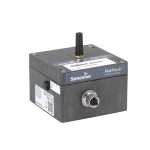
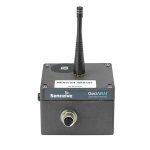
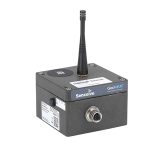
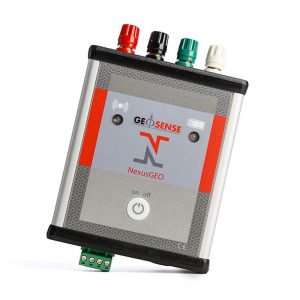
![u[sonic]WS7 Weather sensor](https://terrasense.ae/wp-content/uploads/2023/11/usonicWS7-300x300.png)
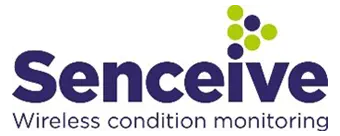
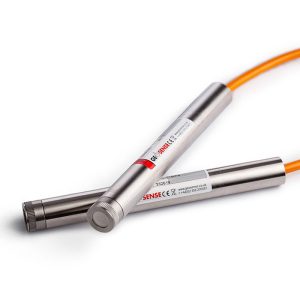

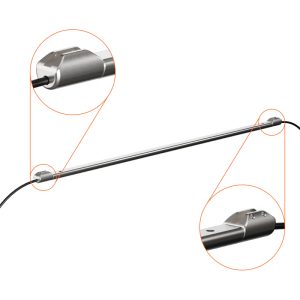
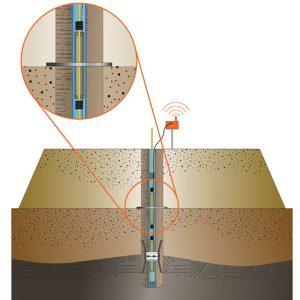
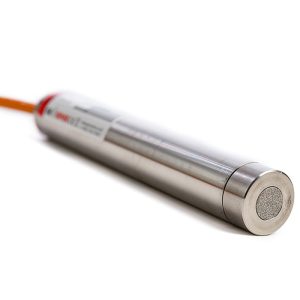
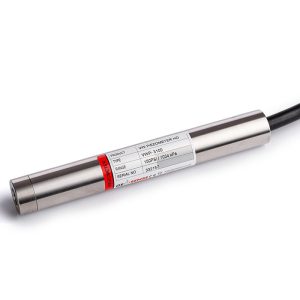
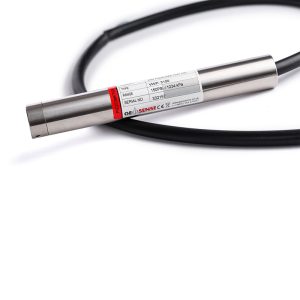
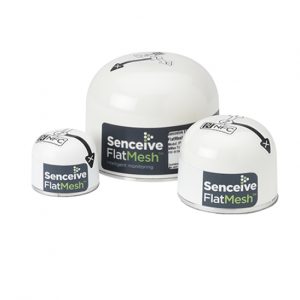
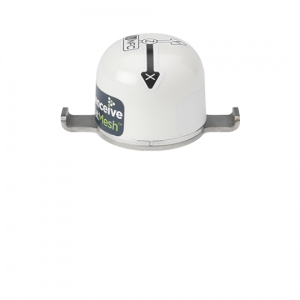
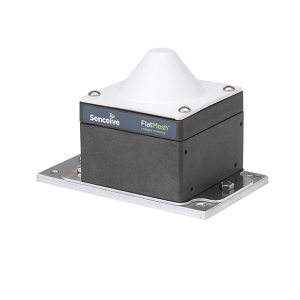
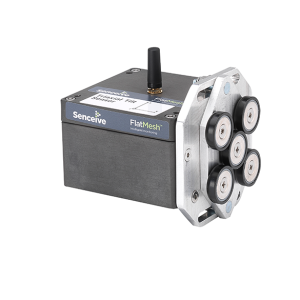
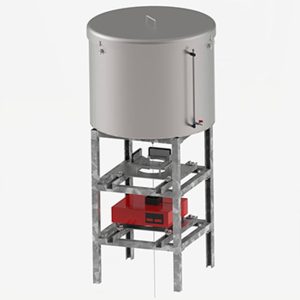
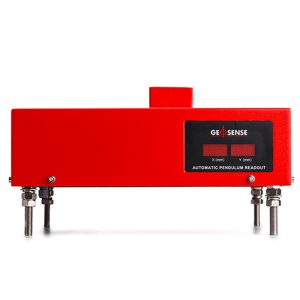
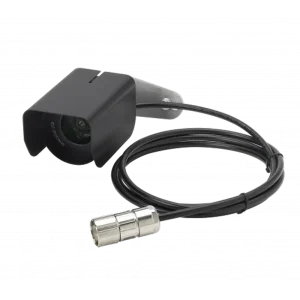
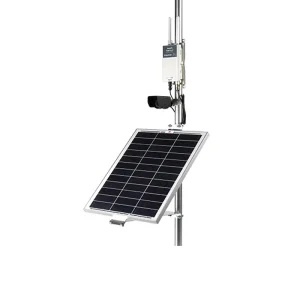
Reviews
There are no reviews yet.